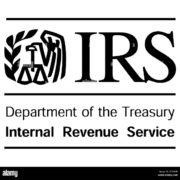 Print Friendly Version
Print Friendly Version
Time to Deal with Mergers
Time for Managing a Plan Merger
“My client is working through a business acquisition, which will involve merging two 401(k) plans. He is concerned about how quickly they will be able to merge the plans. Are there guidelines on compliance testing for the plans during the merger process?”
ERISA consultants at the Retirement Learning Center Resource Desk regularly receive calls from financial advisors on a broad array of technical topics related to IRAs and qualified retirement plans. We bring Case of the Week to you to highlight the most relevant topics affecting your business.
Highlights of Discussion
- A special “transition rule” under Internal Revenue Code Section (IRC §) 410(b)(6)(C) applies for meeting employee coverage requirements in situations where an acquisition involves the merging of two plans. Under these rules, the plan will continue to be considered in compliance with minimum coverage requirements during a “transition period.”
- The transition period is the period that begins on the date of the transaction and ends on the last day of the first plan year beginning after the date of the transaction. For example, for an acquisition that takes place on September 1, 2017, the transition period that would apply for a calendar year plan would last until December 31, 2018.
- The transition rule is only available if 1) both plans satisfy the coverage rules immediately before the acquisition; and 2) there are no significant changes in either the terms of the plan or the coverage of the plans following the transaction.
Conclusion
The merging of two employer plans is a complicated and time consuming process. Fortunately, from an employee coverage perspective, there are transitional rules that give the employer some relief.











